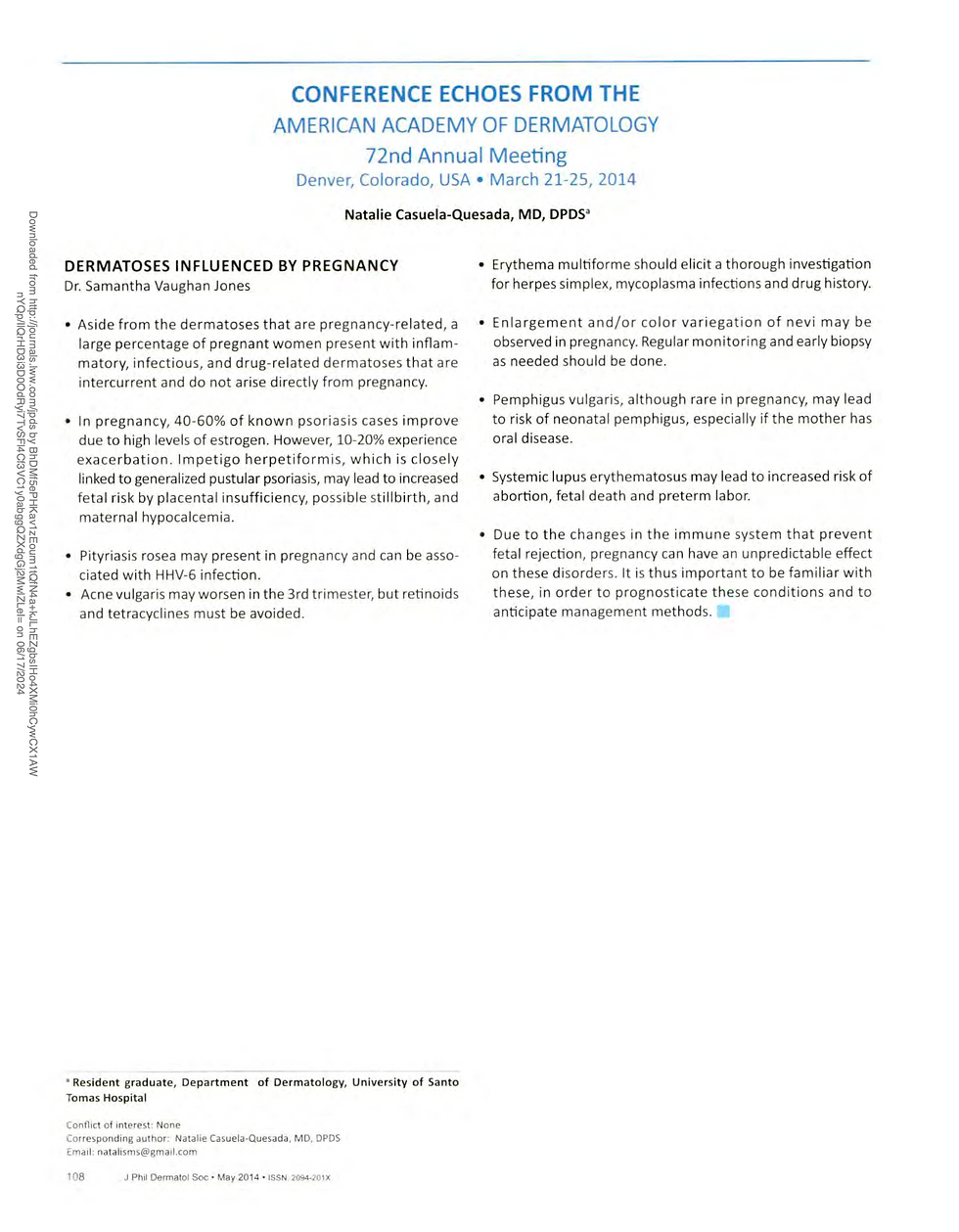Autism & Dermatology: The Clinic as a Safe Space
- Natalie Quesada

- Oct 16, 2022
- 3 min read
Updated: Oct 17, 2022

The prevalence of autism around the world has steadily been increasing. Because of this, dermatologists have more or less encountered both children and adults who are on the autism spectrum.
Recent studies show that individuals with autism are more at risk for skin conditions. In addition, assessment and treatment of these skin conditions also pose a challenge due to sensory regulation issues, difficulties in speech that hampers the ability to verbally explain symptoms, and tolerance to topical treatment and/or side effects to oral medications.
As a parent of two children on the autism spectrum, I understand that each patient with autism has a unique sensory, behavioral, and developmental profile. I agree with a commonly heard statement, "When you meet one child with autism, you've met ONE child with autism." It is then important to understand that in the management of these patients, what works for one patient may not work with another.
As a medical professional, it is vital to be educated about autism's issues and challenges from both ends of the spectrum. There is a need to modify assessment techniques, and choose modes of treatment according to each patient's profile.
Visiting a clinic to see a dermatologist involves going to an unfamiliar environment, meeting new people, and being involved in tasks that may be outside one's usual daily routine and comfort zone. This can be overwhelming to most individuals with autism, resulting to heightened stress levels, and sometimes even triggering meltdowns.
Priming the child or adult with autism can be done by showing photos or videos of the people and the rooms at the clinic. Practicing anticipated tasks (e.g waiting for one's turn, allowing the nurse to take one's weight or blood pressure, letting the dermatologist do a physical examination) will aid in decreasing demands, lowering anxiety, and increasing the comfort level of the patient during the actual visit. Scheduling a visit to the clinic prior to the actual appointment can also aid in familiarizing the environment.
Choosing a date and time when there are few other patients, or if possible, arranging to have the clinic set a time exclusive for the patient, will also help in decreasing distractions and alleviating discomfort.
Dimming the lights and minimizing environmental noise will go a long way in making a hypersensitive patient feel at ease. Having an interesting, brightly-colored toy for a young, hyperactive toddler can facilitate sitting tolerance and a more intensive assessment. Asking the caregiver about the patient's behavioral reinforcers and using these during the visit can facilitate cooperation. Giving a mode of communication such as a picture board, or allowing the use of an AAC (augmentative and alternative communication) device gives the non-verbal or partially verbal patient a chance to participate in his/her own evaluation and be involved in choosing among treatment options.
Open and honest communication among the patient, his/her family, the physician, and other health professionals involved, allows coordination of treatment plans, thus maximizing assessment and treatment outcomes for patients with autism. The patient's family/caregiver support and financial background are some other factors that should be also be considered in developing a treatment plan.
Everyone should recognize the need and responsibility of providing a safe place for neurodiverse individuals. They should be given access to the same services and benefits given to the neurotypical population, not just in terms of medical resources, but in all other aspects of society.
by Natalie Casuela-Quesada, MD
(c) 2022
Dr. Quesada is a board-certified dermatologist, proud autism parent, and strong advocate for the
awareness, acceptance, and inclusion of neurodiverse individuals.
.png)



Comments